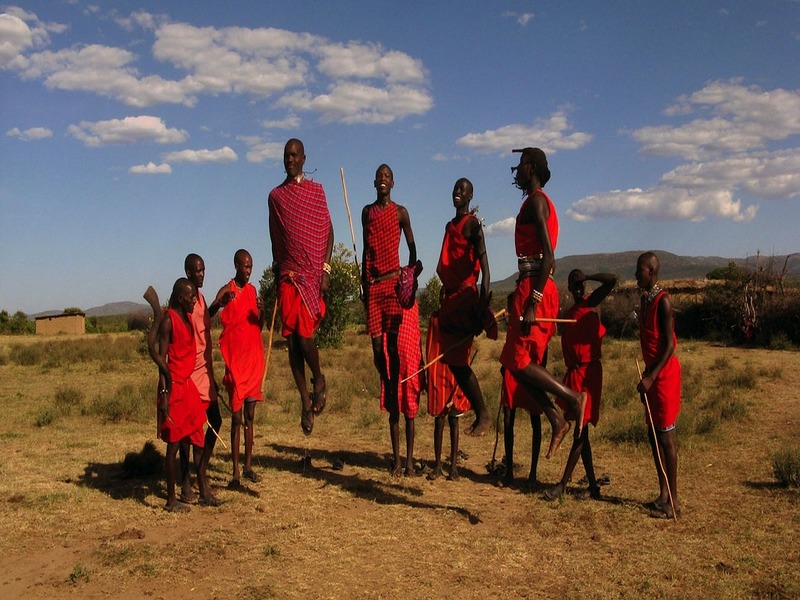
If you ask most tourists travelling to Kenya and Tanzania about which local tribe they are most familiar, they will probably tell you “The Maasai”. Heck, even most people in Kenya are familiar with the Maasai. While they are not the only people to stick to their traditional tenets, they are the most visible tribe to embrace their culture and way of life. Also, they are the most populous tribe found around the numerous game parks of the African Great Lakes.
You have probably seen pictures, interacted with some and likely heard of all the strange yet somehow intriguing traditions of the Maasai such as the drinking of raw animal blood or the hunting of lions as a form of initiation into manhood. It is therefore understandable to assume that you know these people. While the truth is that no one outside of the Maasai tribe really knows everything about them, there are some things that the elders have shared with outsiders that give us some insight into the real way of life. Here are ten things you probably didn’t know about the Maasai.
Things you did not know about the Maasai
This Maasai woman lives in the Chyulu Hills area of Southern Kenya. The Maasai are one of the very few tribes who have retained most of their traditions, lifestyle and lore. The tribe have always been special, and their bright red robes set them apart visually. #traveltuesday pic.twitter.com/KYSbD4JaS0
— The Rocksure Club (@Rocksure) October 23, 2018
1. They are not exclusive to Kenya
The Maasai have called central and southern Kenya their home for centuries and for the most part, the world associates them with Kenya. However, the Maasai are not exclusive to Kenya. There are Maasais in northern Tanzania as well. While it is true that to these tribes, the border lines are more like suggestions as opposed to real barriers, the Maasai people from both countries share a great deal in common including living around game reserves and open fields.
2. They drink cattle blood
You probably knew this one, it is by far one of the most intriguing traditions of the Maasai people. While it might seem strange to outsiders, the drinking of raw cattle blood is considered an honourable tradition among the Maasai. It is so revered that it is often reserved for special occasions such as when young men get circumcised and inducted into manhood or when a woman gives birth to a new member of the community. Also, the elders tend to drink it on occasion to get rid of hangovers (try this at home if you dare).
3. They used to be lion hunters
Officially, this practice is no longer permitted by the two governments (Kenya and Tanzania) because lions, like most other precious wildlife, are quickly waning in numbers and heading towards the endangered species list. However, some time back, the Maasai people used to take lion hunting very seriously. It was considered a rite of passage for young warriors who wanted to prove themselves brave and resourceful. These hunts would take place in groups and only male lions were hunted since the Maasai believe that females of any species are the bearers of life and future success so are to be protected (more progressive than most of humanity, don’t you think?)
4. They absolutely value their children (and cattle)
To the Maasai, cattle is a form of currency. As pastoralist, they spend most of their lives accumulating their wealth in the form of cattle. They use it to establish social status, marry, trade and secure their futures. In fact, the only thing they probably value more than their cattle is a child. The Maasai consider children to be a blessing to the entire community and their women do their part and contribute to the society by bearing as many children as they physically can (family planning is not exactly a concept with which they identify).
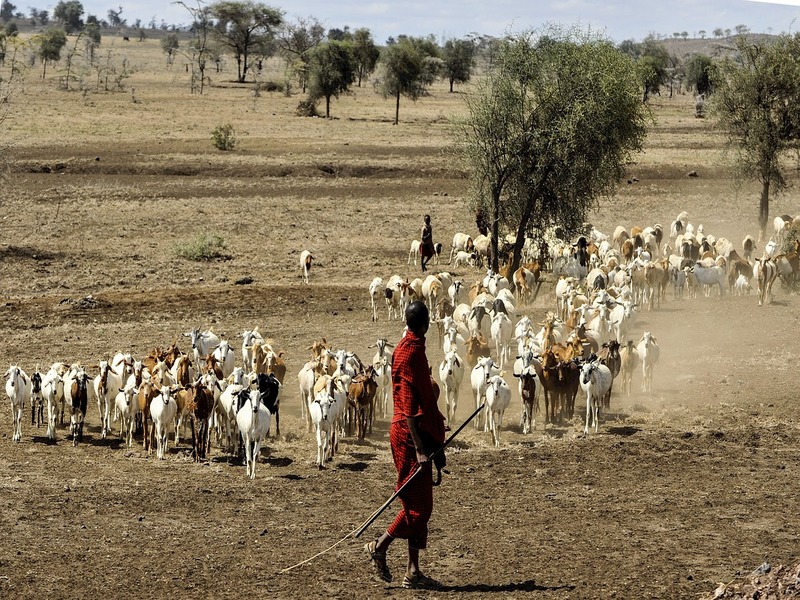
5. They do not bury their dead
Yes, you read that right, the Maasai do not bury their dead. They believe death is the absolute end and whosoever dies has officially completed their journey. As such, they take that opportunity to give back to the Earth and they do so through what most outsiders refer to as a “Predator Burial”. The dead body is smeared in animal (ox) blood or fat and left out in the open (bush) for predators to eat.
6. They have interesting inheritance practices
As we have already mentioned, the Maasai value cattle over most other things. As such, when a father is nearing the end of his life, he calls all his sons to him and gives each one of them something of value (a portion of his wealth). This is mostly in the form of cattle. What is interesting is that from whatever the father bequeaths his sons, the sons then go ahead and give a portion of it to their eldest brother (the firstborn). This is done so as to expel any “engooki” (curse) that may come from profiteering in their father’s death at the expense of their eldest brother who is now, for all intents and purposes, the head of the family.
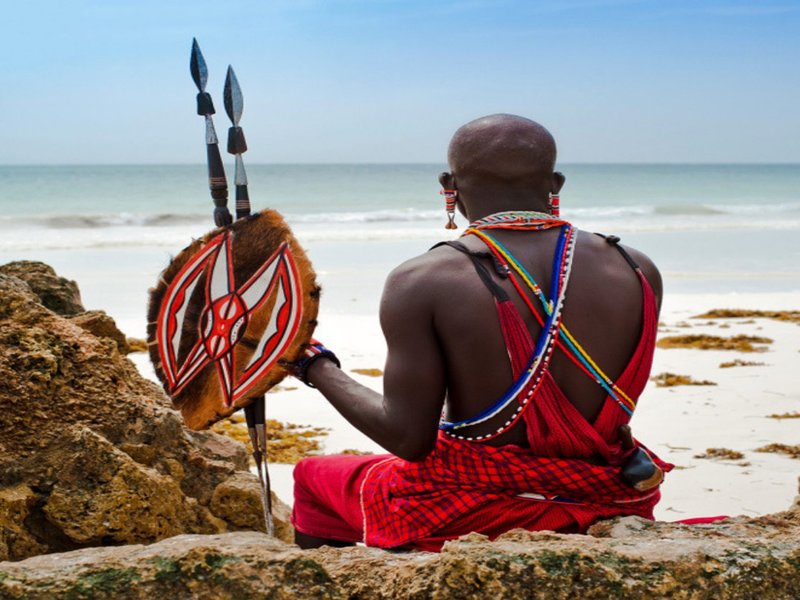
7. Their women build the homes
While the Maasai community is a strictly patriarchal society with the elder men making all the important decisions, it is the women who build the homes. A Maasai hut is called an “Inkajijik” and it is the responsibility of the women to build these houses. They are usually made of cow dung, grass, sticks and mud. The women also cook, supply the community with water and milk the livestock. The men go hunting, build protective fences around the homes, take care of the cattle and get themselves into fights with neighbouring communities. The Maasai are a fierce people and taking on any one of their warriors is a little more than just “ill-advised”, it’s suicidal.
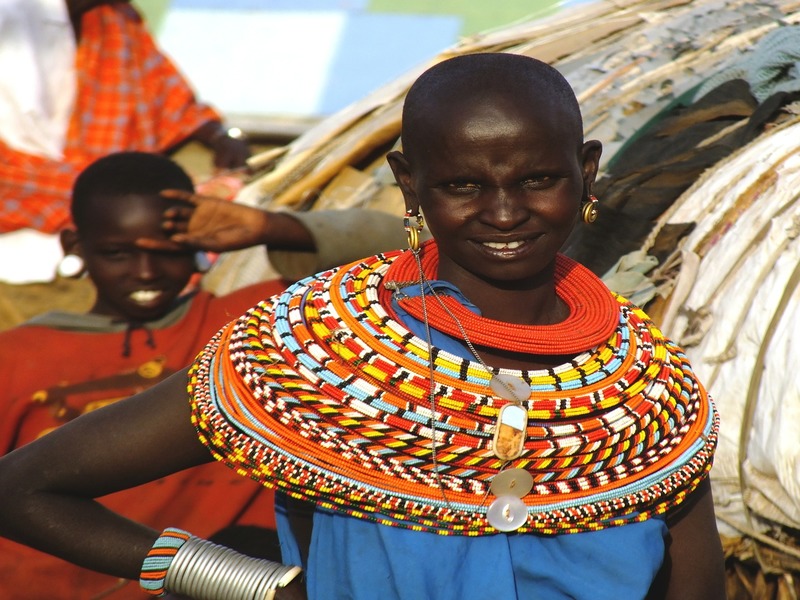
8. They love their songs and dances
The Maasai are one of the very few cultures that practice something called “throat-singing”. This where their use their throats to produce sounds that closely mimic animal (cattle) calls. They love to sing and dance. They use these occasions to bring the community together, celebrate the many life stages that they have in their culture and young boys take this opportunity to compete in jumping as high as they can while remaining vertical and as straight as possible. The boys who jump the highest are considered strong and more masculine than the others and as a result, flirts with and often gets all the girls.
They walk around with double-edged swords called a “Seme”, their women dress in colourful “shukas” and beads and they fiercely revere their traditions. These are the Maasai people of Kenya and Tanzania. Beautiful people with an intriguing culture and extremely charming nature.
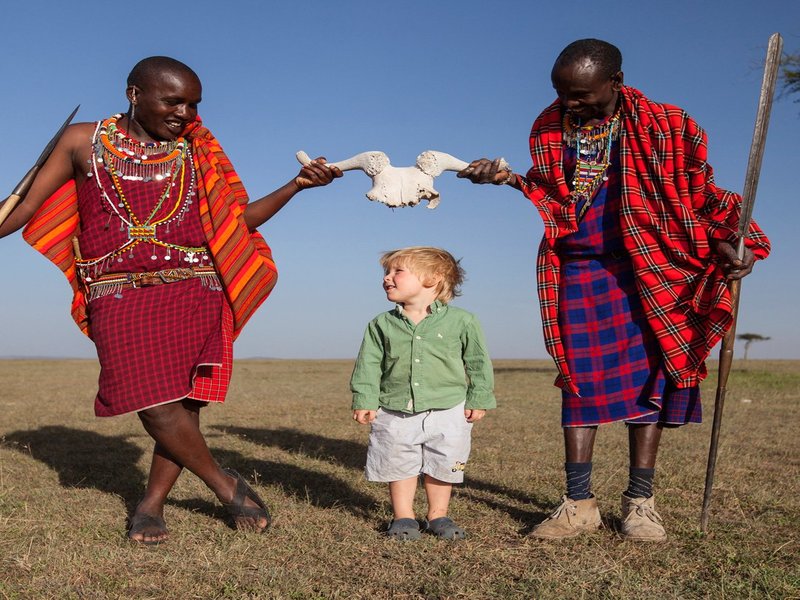
Do you know any other facts about the Maasai people? Share them with us in the comment section below.